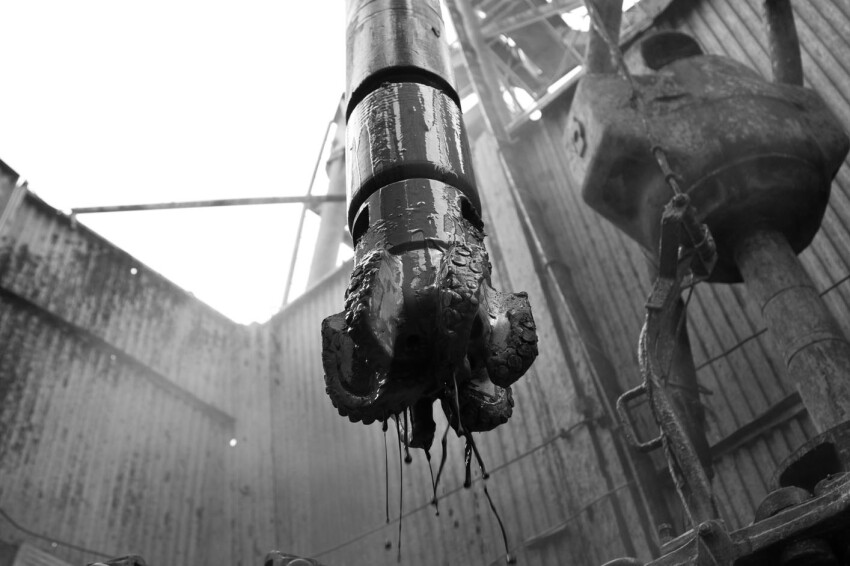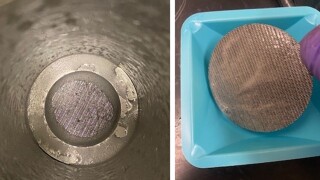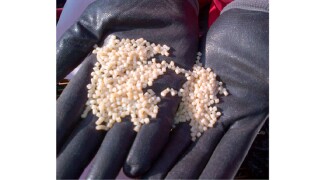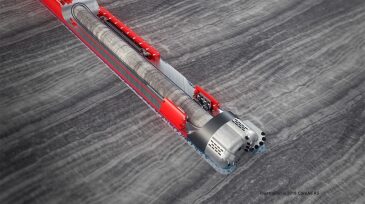Drilling
This research aims to develop a fluid-advisory system that provides recommendations for optimal amounts of chemical additives needed to maintain desired fluid properties in various drilling-fluid systems.
This paper describes development of a high-temperature water-based reservoir drill-in fluid using a novel synthetic polymer and customized with optimal chemical concentrations and sized calcium carbonate.
In this case study, a geomechanics-based approach was used to create bridging and sealing at the fracture aperture using a biparticle self-degradable lost-circulation-fluid system.
-
The complete paper describes a recent directional coiled-tubing drilling (DCTD) job completed for an independent operator in the Appalachian Basin.
-
Shell made its sixth discovery from the Norphlet formation in the deepwater Gulf of Mexico, where the firm’s newly arrived Appomattox platform just 13 miles away presents a tieback opportunity.
-
UK’s active 30th Licensing Round resulted in the award of 123 licenses to a diverse set of 61 companies—an outcome that UK government officials hailed as more proof that interest is picking up in the aging North Sea.
-
CoreAll's Intelligent Coring System uses a suite of sensors to analyze reservoir cores samples as they are being acquired, and a communication system that sends these data to the rig in real-time.
-
Coring is essential to offshore exploration programs—but sometimes cores are taken from the wrong formation or return to surface in poor condition. One firm thinks it can solve these costly issues with a first-of-a-kind coring device that uses logging instruments that add accuracy and integrity.
-
The Bureau of Safety and Environmental Enforcement is proposing to update regulations covering offshore oil and gas drilling operations.
-
Stories from the IADC/SPE Drilling Conference look at how the next generation of engineers is performing, the hottest well ever drilled, and the art of translating drilling numbers into executive reports.
-
As leaders in digital drilling analysis push into real-time data analysis and digital controls, they are finally confronting data-quality problems. Humans are better than machines at dealing with ambiguous readings.
-
Sensor technology in the oil industry changes infrequently. Improvements in MEMS sensor technology are creating rapid momentum toward the use of tiny, rugged, and inexpensive sensors to replace larger, costlier, and more fragile legacy-technology sensors in directional drilling.
-
This paper reviews the technology trends in cement-job evaluation using logging tools and considers the main advantages and concerns associated with each technology.












